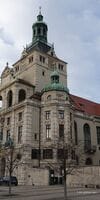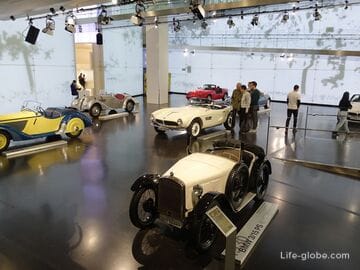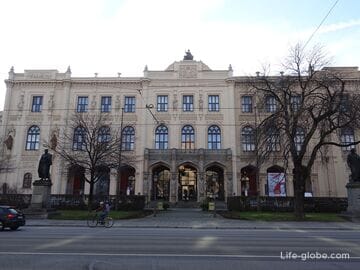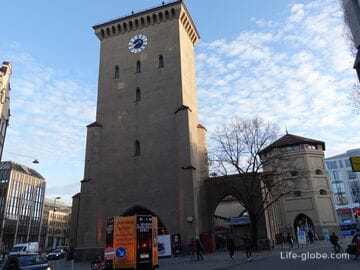The Bavarian nationalmuseum (German title: Bayerisches Nationalmuseum) is one of the most important museums in Munich, the Museum branches which are extensively located outside of the city.
Today, the Bavarian national Museum is one of the most important museums of decorative art in Europe and one of the largest art museums in Germany.
The Museum was founded in 1855 on the initiative of the Bavarian king Maximilian II.
The main building in which the Museum is housed today, was built on one of the Royal avenues of Munich (street Prinzregentenstrasse) in the style of historicism and opened on 29 September 1900. The architect was Gabriel von Seidl. Later, in 1905 and 1906, the Museum was expanded to the North several rooms and a wing of the workshop. Another wing of the Museum appeared in 1937 in the South-East corner.
The Bavarian national Museum was badly damaged during the Second world war. After the war started numerous renovations. The first rooms of the Museum was re-opened in 1947. In 1978 he was commissioned a full reconstruction, during which was built the new buildings, workshops and studios.
Today the Museum building, designed in an eclectic style (a mixture of romanticism, Gothic, Baroque and Renaissance), by itself is one of the most important and original Museum buildings in Munich and is widely known outside the city.
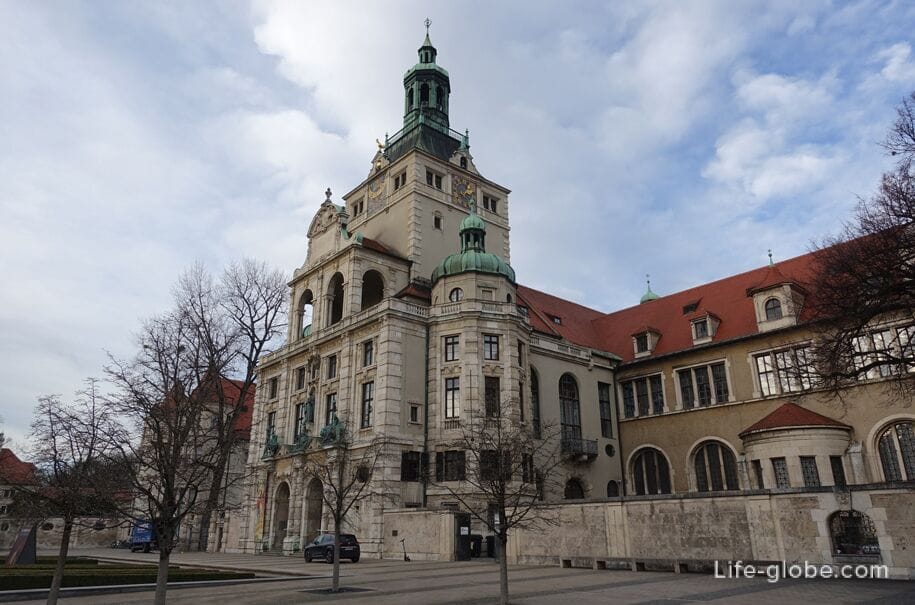

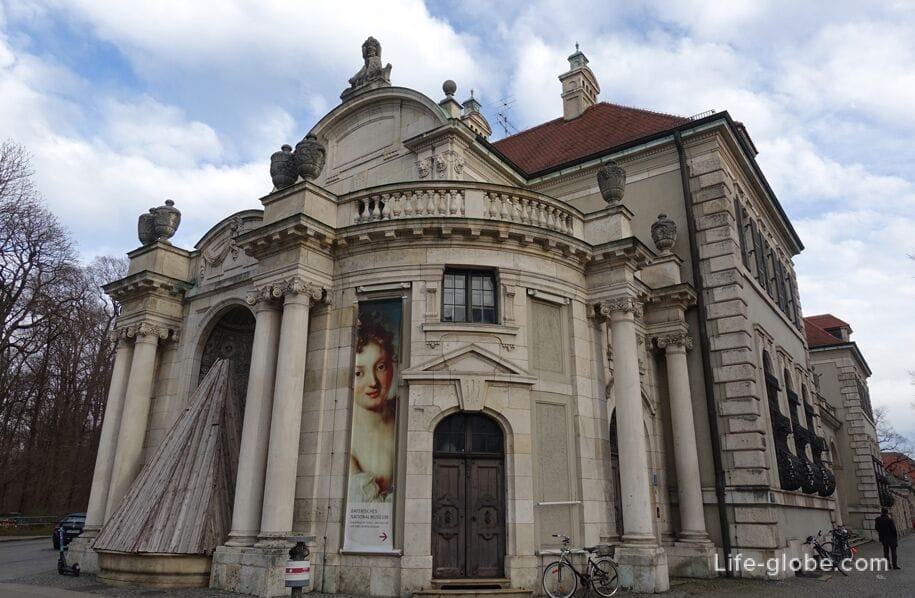
In front of the main facade of the Museum is placed the equestrian statue of the Prince Regent of Bavaria Luitpold. The work of Adolf von Hildebrand.
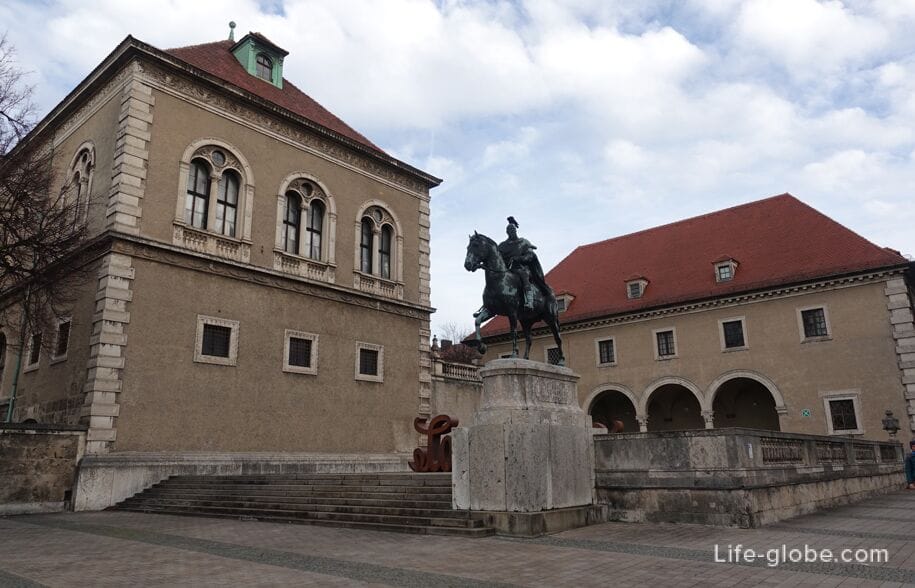
The fountain of Narcissus in the courtyard of the Museum

The internal design of the halls in Munich are as impressive as they are individually adapted to placed in the halls of the art.
Art and history the Museum's collection mainly includes works of art, of regional and European sculptures and Handicrafts from the very beginning was not only educational goal for the General population, but was established for the training of artisans.
The Bavarian national Museum in Munich consists of exhibition halls with a total area of about 13,000 square meters on three floors.
The main core of the Museum's collection comes from the personal art collection of the Wittelsbach dynasty.
The importance of collections exhibits that go far beyond Bavaria, as well as the fact that the Museum's collection and to this day is complemented by various objects and valuable pieces.
The objects of the Museum are reflected different cultural and historical epochs, ranging from late antiquity to the middle Ages, Renaissance, Baroque, Rococo, 19th century and modernism.
Separate specialized departments of the Museum, such as a Church hall, game collection, porcelain, ivory, musical instruments, furniture, textiles, jewellery and products, as well as weapons and armor, were born to give a clear picture of European art and history.
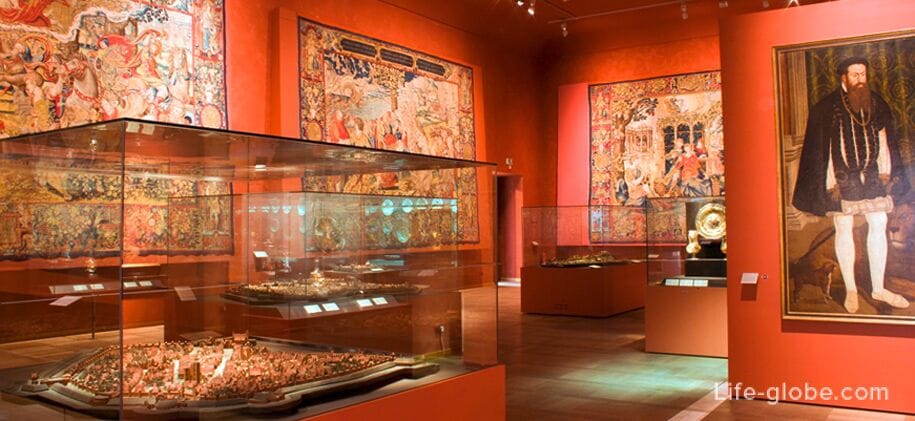
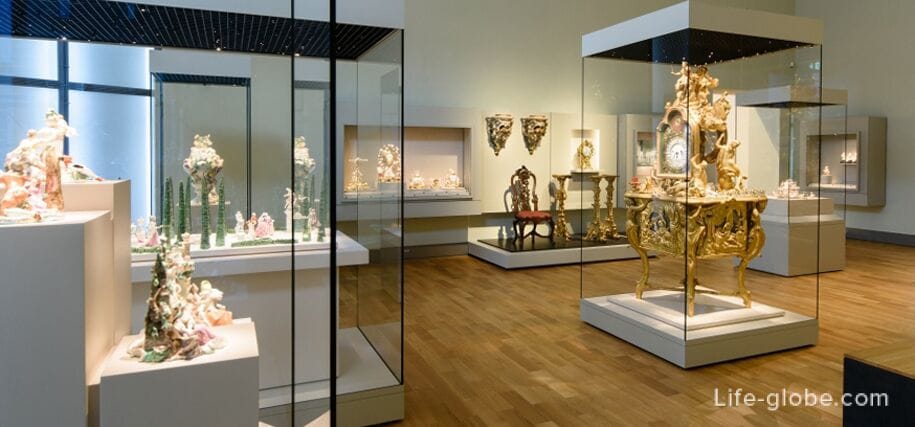
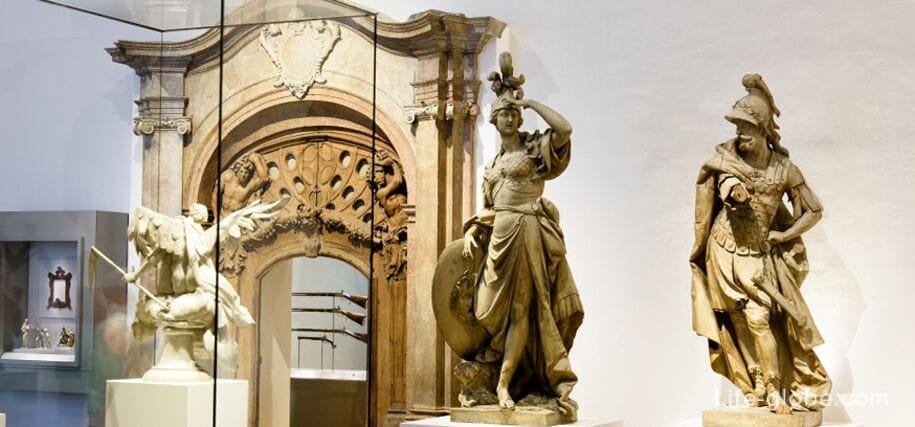
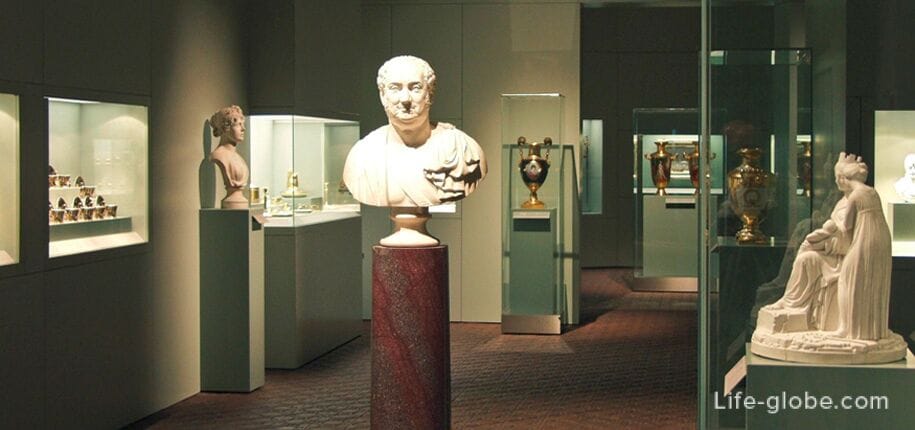
Church hall of the Museum of medieval art
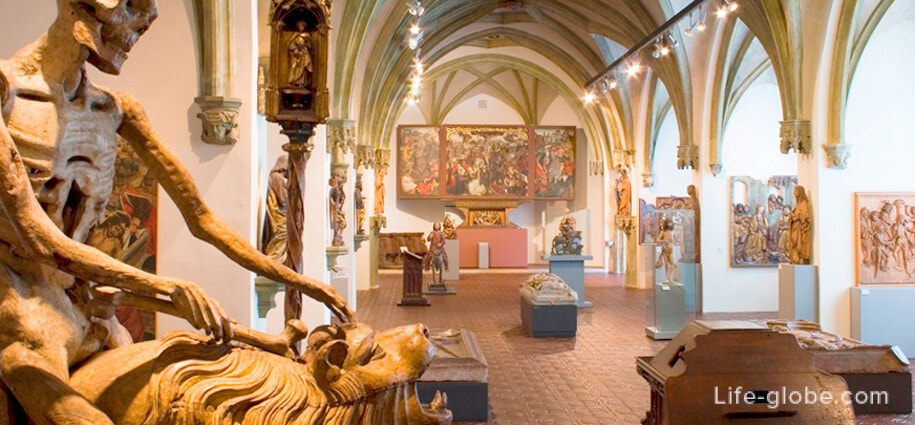
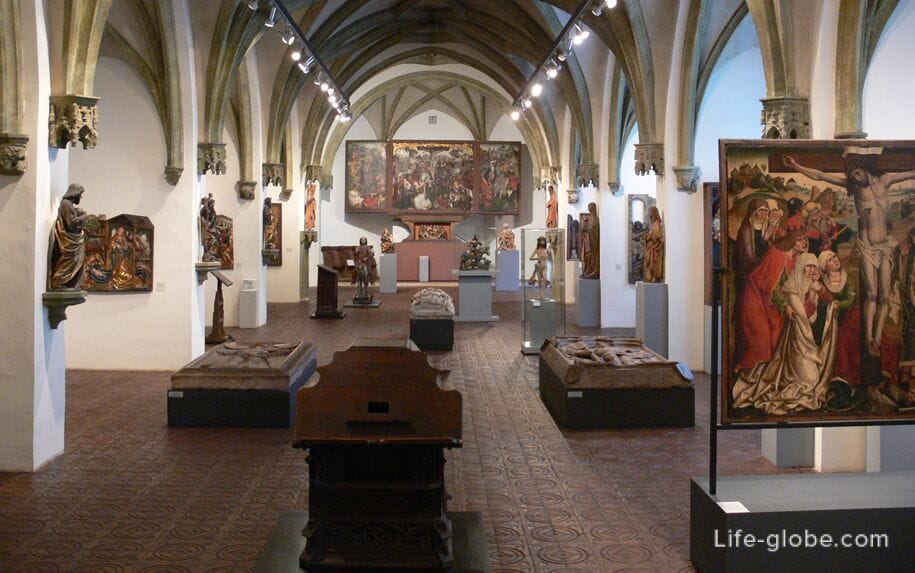
Armor

On the eve of Christmas and New year (from the beginning of November to end of January) at the Museum, including works Christmas collection Nativity set.
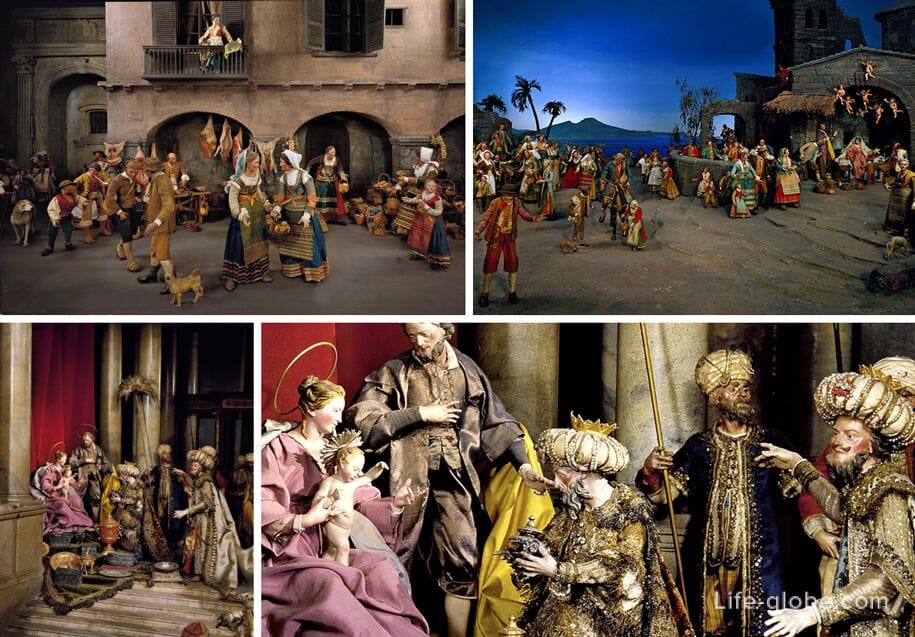
Besides the main and temporary collections that display in the main Museum building in Munich, the Museum also has several branches all over Bavaria. Most of them are special collections, which represent a specific area of art and(or) cultural history, which is important for the region.
So, for example:
- Meissen porcelain collection Fund Ernst Schneider, is in the castle Lustheim MTU Aero engines.
In 1971 Lustheim hunting Lodge - built by the elector Max Emmanuel between 1684 and 1688 years, the project Genrico of Zuccalli in the Park of castle Schleissheim was established as the first branch Museum of the Bavarian national Museum.
Since then, its walls kept the world-famous collection of Meissen porcelain from the doctor industrialist Ernst Schneider;
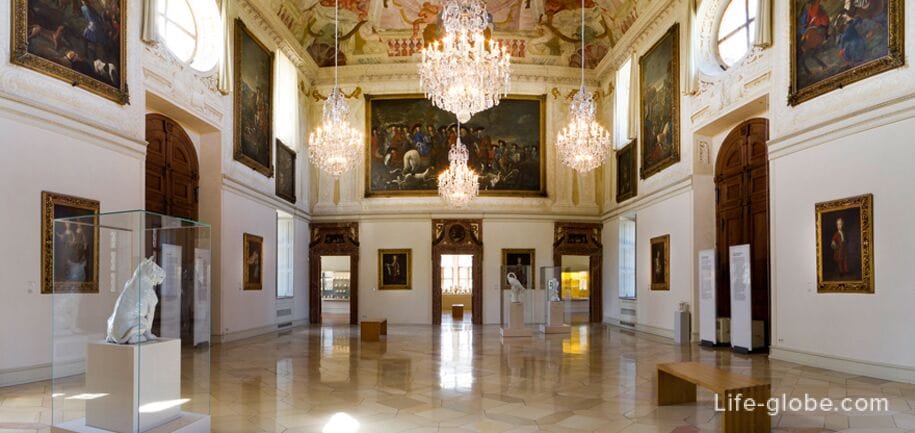
- the universal collection of Gertrude Weinhold, consisting of more than 6,000 objects documenting the customs and various religious celebrations in the calendar year different peoples of the world, and a collection of 400 items on the history and culture of West Prussia, which aims to trace the development of the old culture, starting with the mission and colonization of the Teutonic order, located in the walls of the old castle Schleissheim MTU Aero engines;

- A school Museum in Ichenhausen, is an interactive Museum of the Bavarian school, in nine rooms, which presents exhibits that tell the history of teaching and learning;
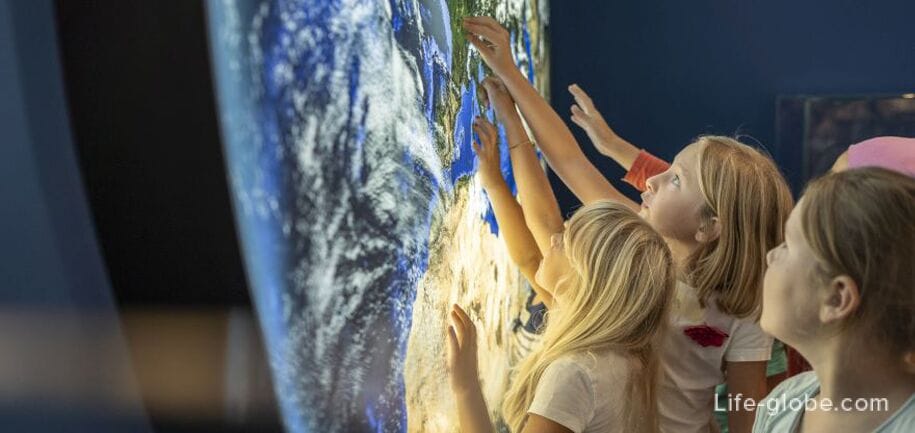
princely treasure of the Thurn-and-taxis located in Regensburg.
In 1993, the Bavarian national Museum has acquired many high-quality works of art owned by the princely house of Thurn and taxis. Since 1998, these exhibits are displayed in the former stables of the castle of St. Emmeram.
In the collection: high quality furniture, porcelain, tobacco, exclusive weapon, fine gold and silver interpretations from leading art workshops in Europe.
The Museum has set the table with extensive porcelain set of 18-th century, the boudoir with the production of the dressing table in the Rococo style;
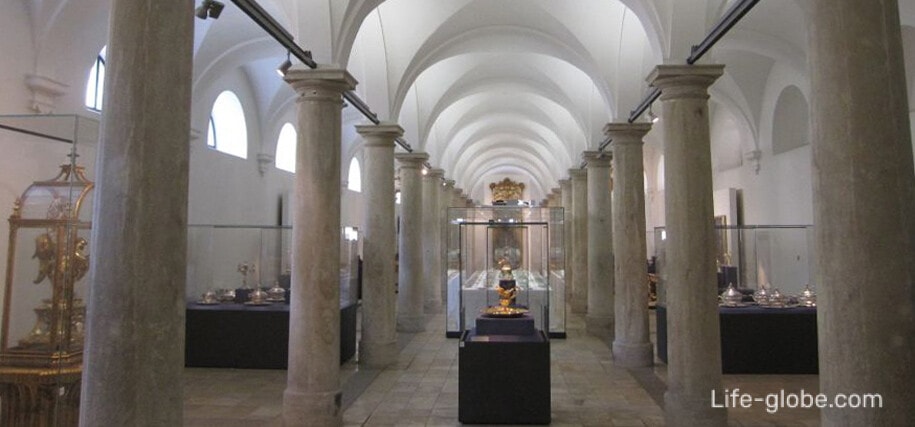
Museum Uzbekskogo monastery in Rotthalmunster (Asbach), and many other branches of the Bavarian national Museum.
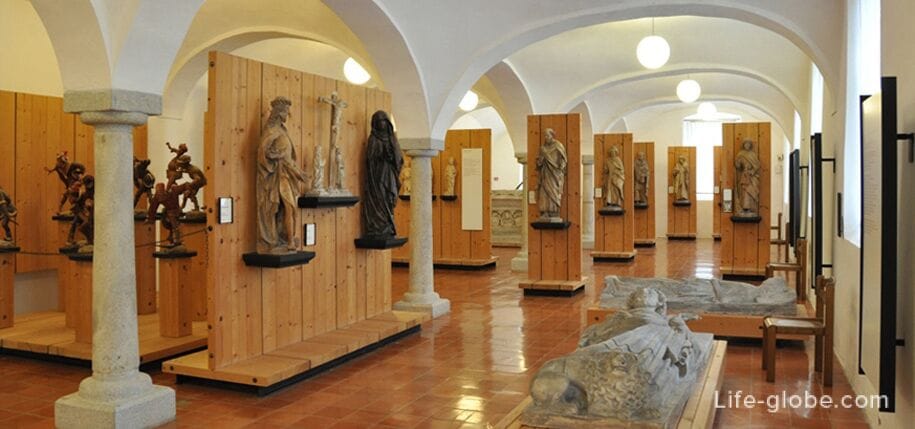
Practical information
The Bavarian national Museum in Munich is located in the centre of the city, near the southern border of the English garden, on street Prinzregentenstrasse, 3 (Prinzregentenstrasse 3).
When visiting the Museum provides a multimedia guide.
As the days and hours of operation of the Museum and of the Museum's branches, as well as entrance fees are subject to change, please specify the information just before visiting the official website of the Museum.
On the website you can also check the information about the collections of the Museum and all Museum branches located outside of the Museum walls in Munich.
The website of the Bavarian national Museum: bayerisches-nationalmuseum.




